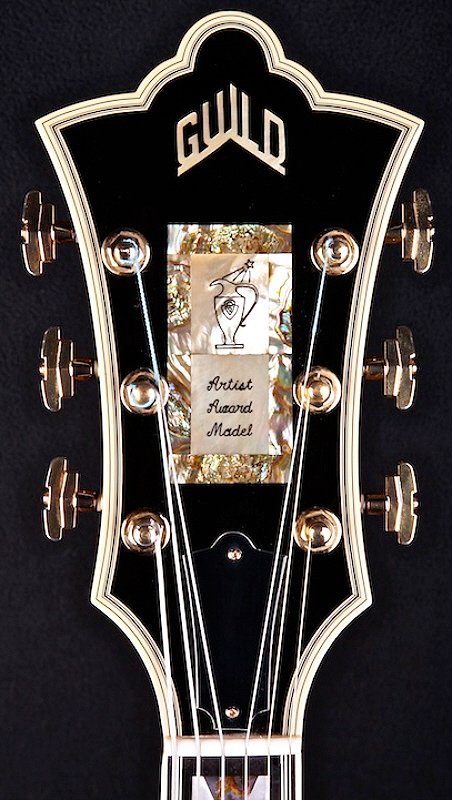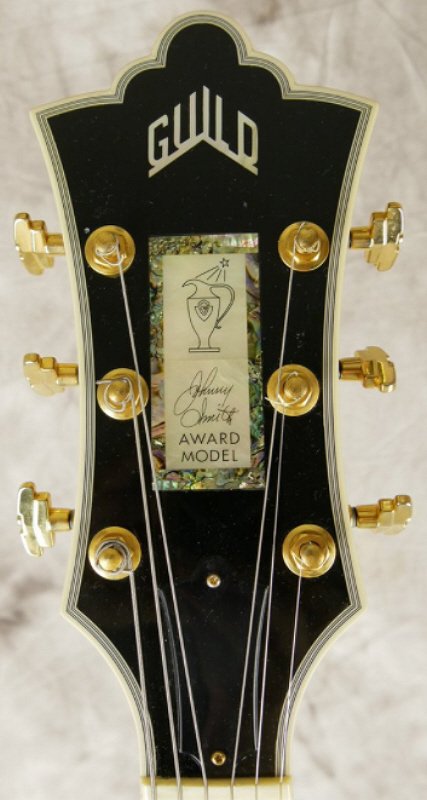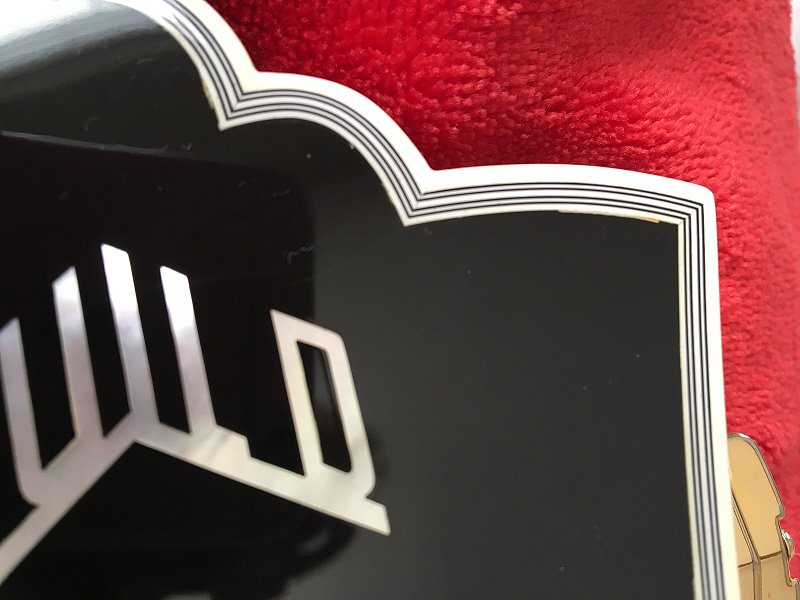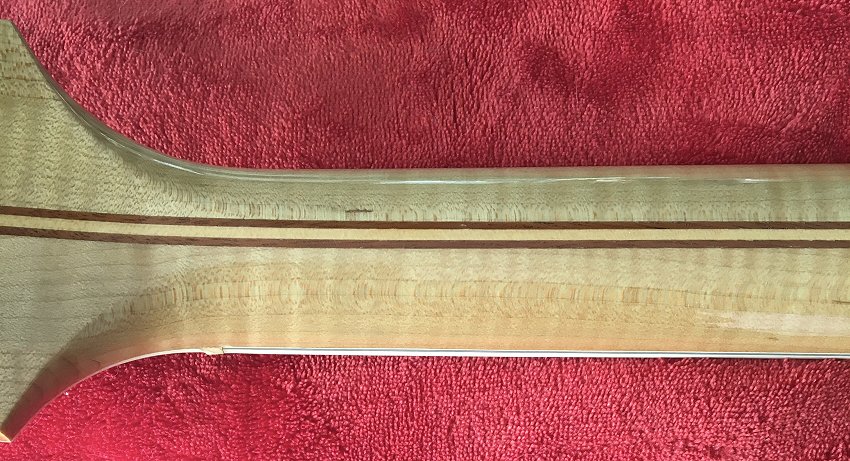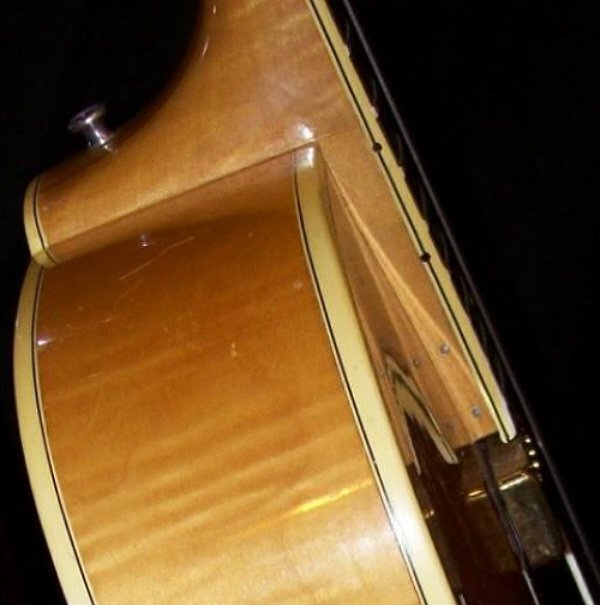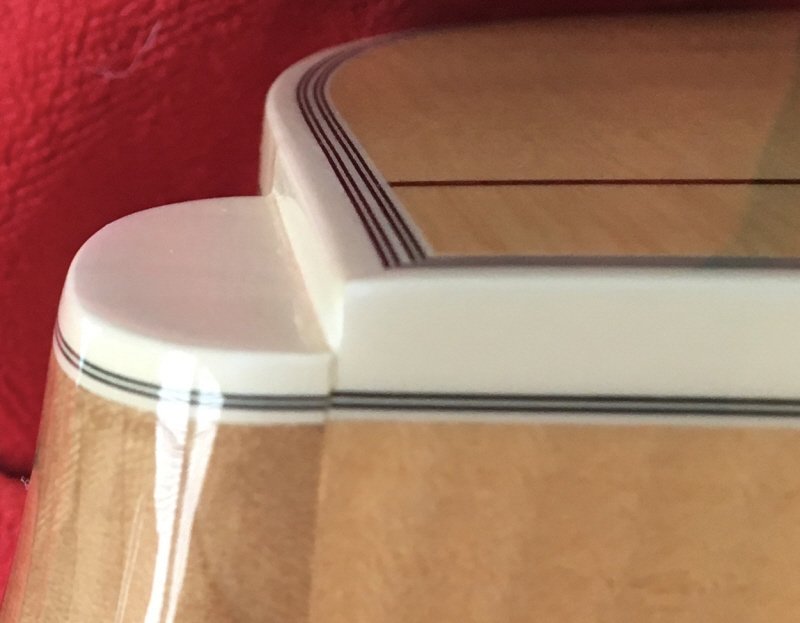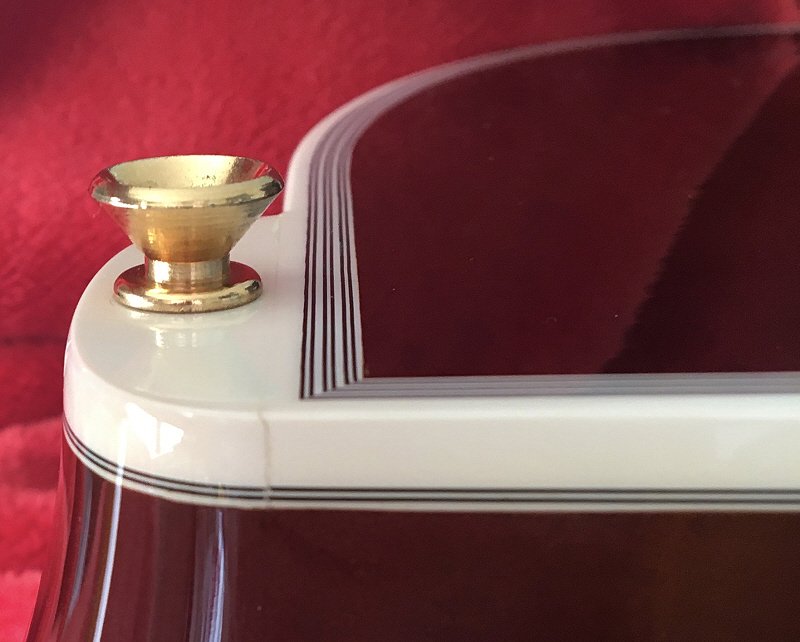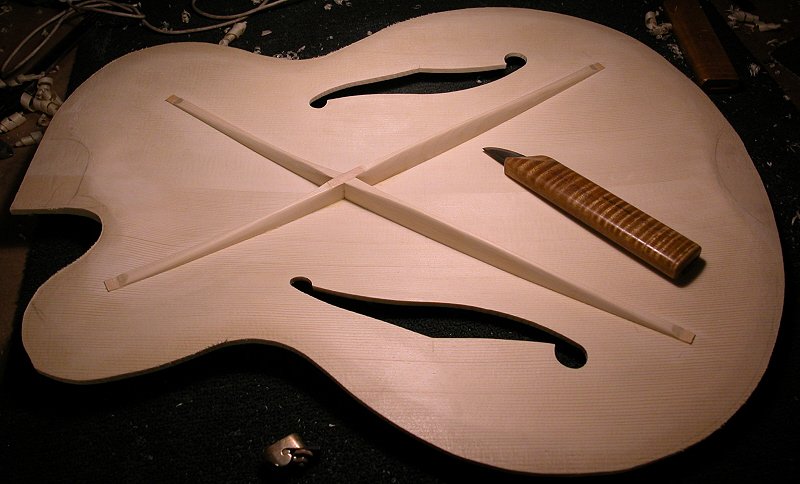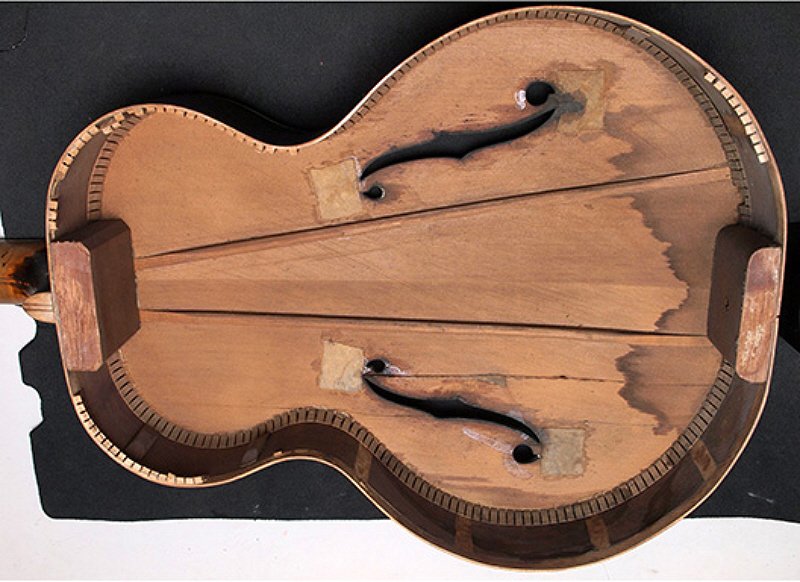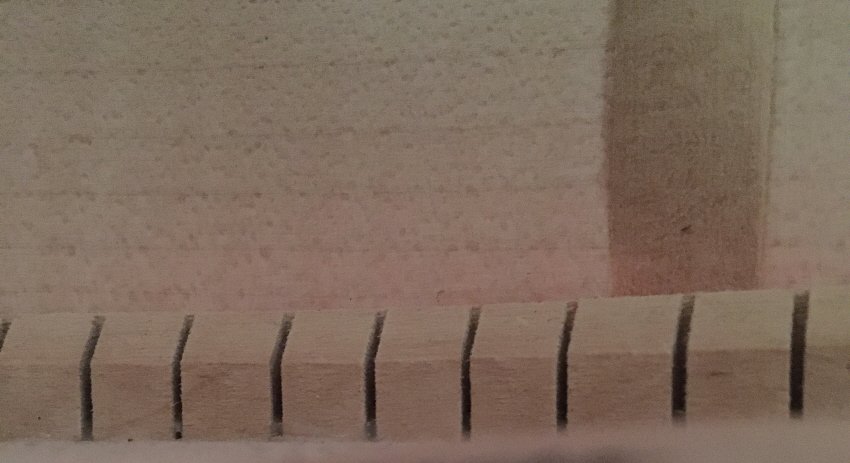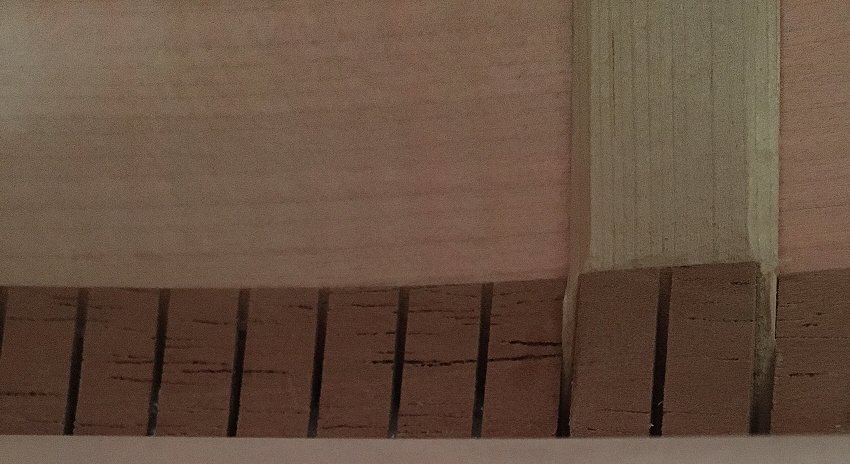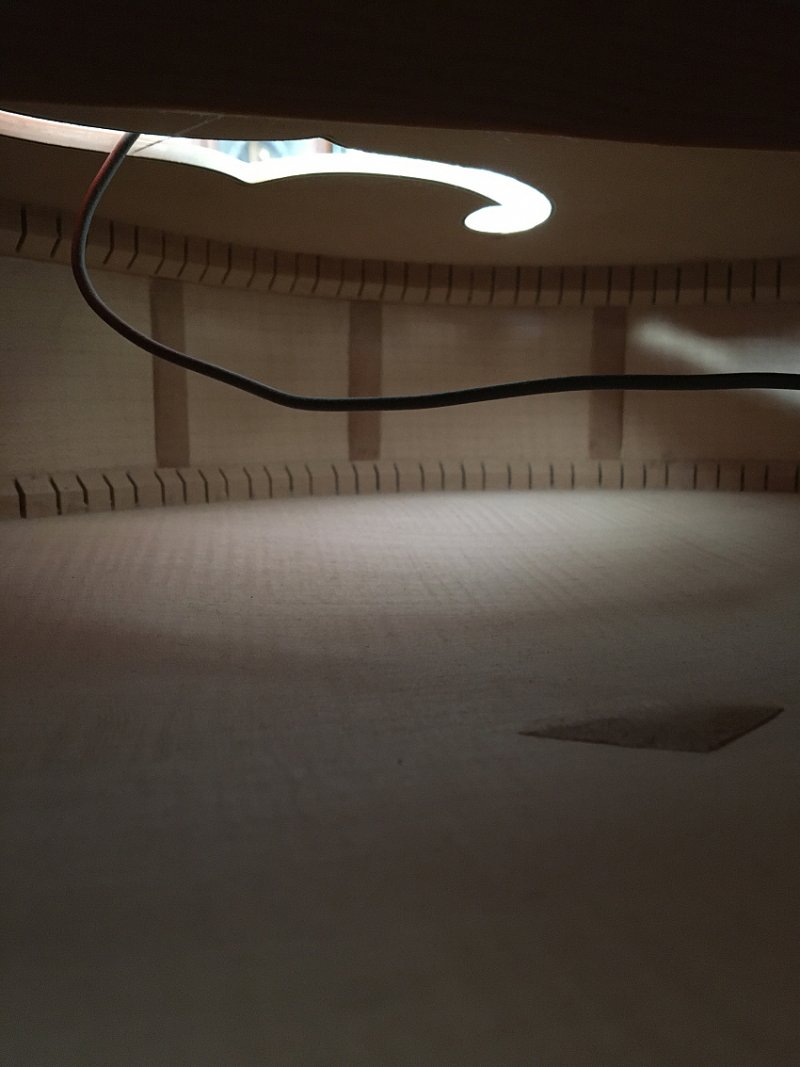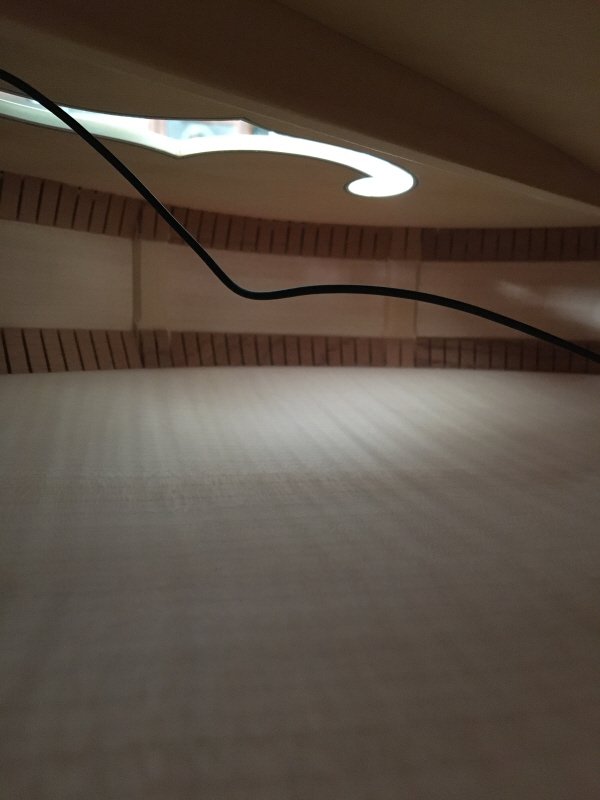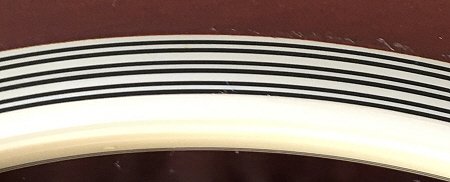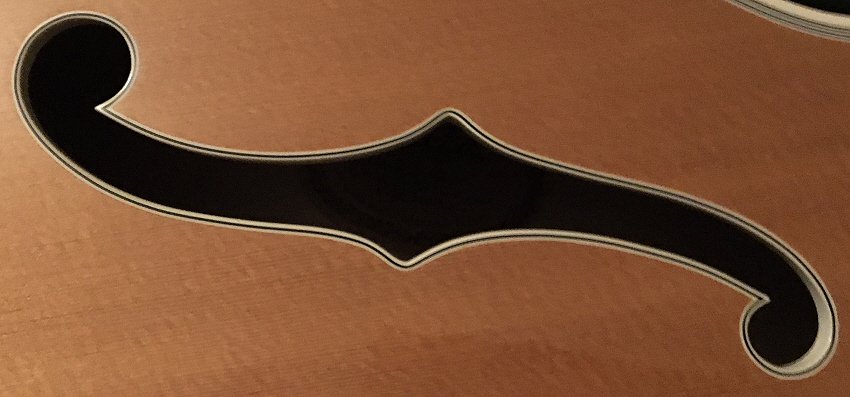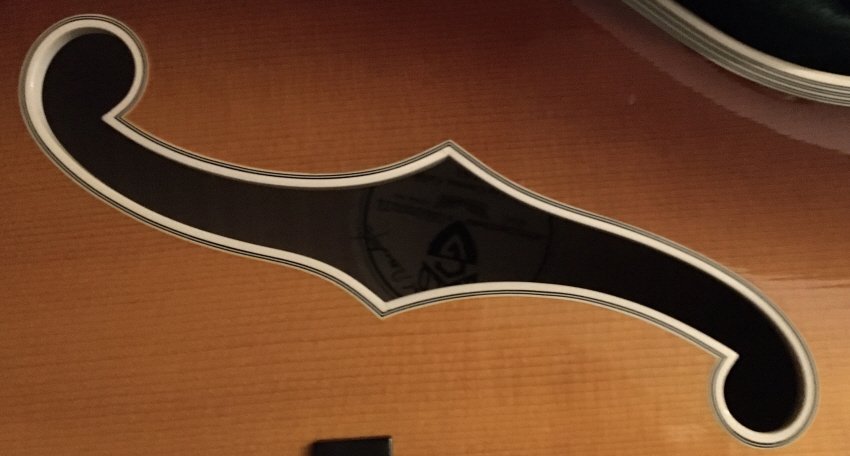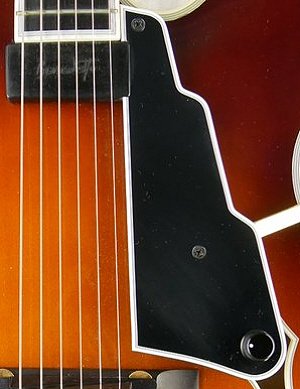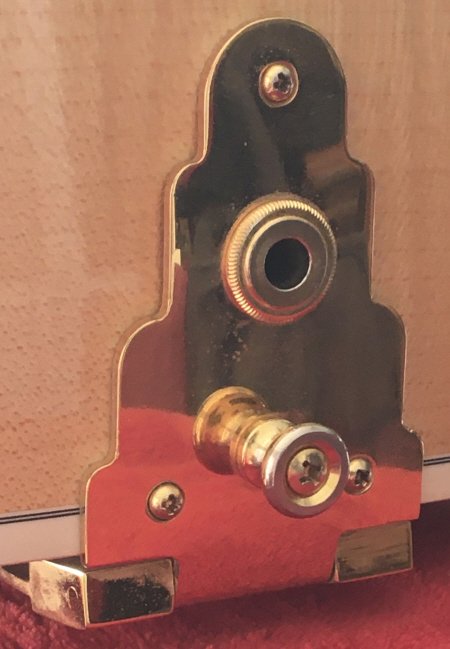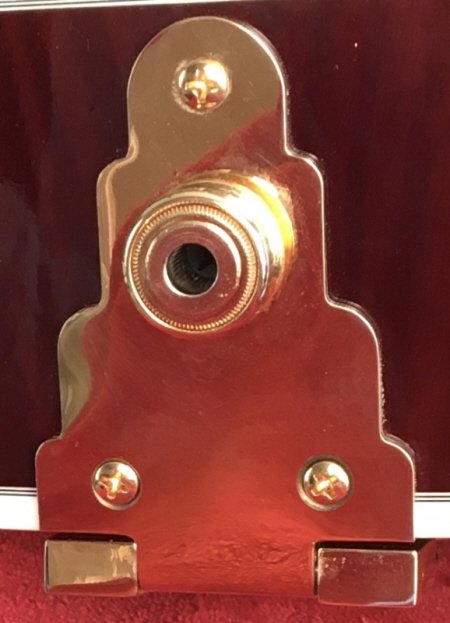GGJaguar
Reverential Member
A friend of mine let me borrow his Guild Benedetto Johnny Smith Award (JSA) so I could compare it to my ’96 Artist Award (AA). I thought I’d share my findings here. Spoiler alert – he might not get the guitar back.
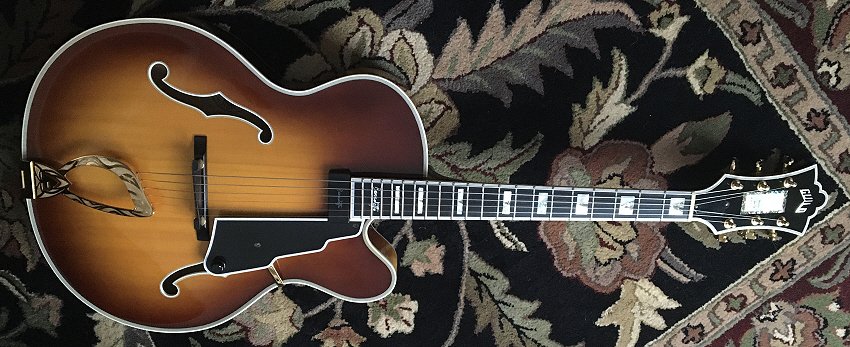
The JSA is a different guitar than the Artist Award. We know that master archtop builder, Bob Benedetto, revised the AA in 2000. The model was (supposedly) tweaked again and renamed when Johnny Smith was brought back as an endorser in 2003. Here’s a quick summary describing the differences between my 1996 AA and this JSA. I’ll post the nitty gritty details for the gearheads in follow-up posts.
The neck profiles, on paper, are similar except for nut width – the AA is 1 3/4” (44.4 mm) and the JSA is 1 11/16” (42.9 mm). The scale lengths differ as well – the AA is 25 5/8” (651 mm) and the JSA is slightly shorter at 25 9/16” (649 mm). Although the differences are minimal, they do not feel the same in hand. For me, the JSA is more comfortable play. To be fair, though, the nut width on this particular AA seems to be an anomaly. Most AA nut widths from this time period are 1 11/16” so it could be other AAs have a different feel than my guitar. The JSA weighs a full 0.6 lb (273 g) less than the AA, but this is expected given the JSA has a shallower body depth and, supposedly, thinner carved top, back, and possibly, sides.
Not surprisingly, the tone follows the paradigm that parallel braced archtops (AA) are brighter and louder while X-braced archtops (JSA) have a smoother, more balanced tone at the expense of sheer volume. The JSA has plenty of volume, especially for home use, but it is eclipsed by the AA. The sustain is about the same (and impressive!) for both guitars. The amplified sound between the two couldn’t be more different. The AA’s humbucking pickup lacks clarity and definition. The sound it produces is unbalanced and favors bottom end. The JSA’s Benedetto S-6 is the opposite and has all the balance, clarity and power a player could want. I wondered about the S-6 not having adjustable pole pieces, but string-to-string balance is a non-issue.
And the sound is so good that the JSA works well for other types of music besides jazz. This last point is important, to me at least. I had a Megas Athena that was an amazing guitar in terms of quality, features, and fit and finish, but its strong point was jazz tone. I had to release it back into the wild… but I digress.
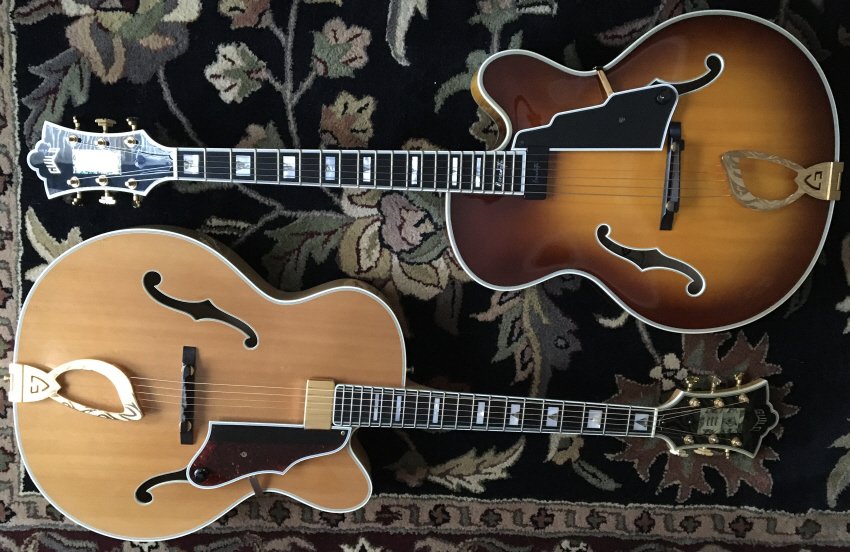
Now that I’ve settled on strings for the AA, it has a satisfying acoustic tone. It’s never going to have a good amplified sound without a new or re-wound pickup. The JSA is more of an all-rounder and the acoustic tone is very nice. It’s louder than my ’58 A-350, but more full spectrum (the A-350 favors the midrange). The JSA’s amplified sound with flatwounds is sheer perfection. With the volume knob all the way up, I can play pop songs and with the volume dialed back, the JSA enters jazzbo territory.
That should be enough to satisfy those with a general interest. Gearheads can continue reading below for more detail.

The JSA is a different guitar than the Artist Award. We know that master archtop builder, Bob Benedetto, revised the AA in 2000. The model was (supposedly) tweaked again and renamed when Johnny Smith was brought back as an endorser in 2003. Here’s a quick summary describing the differences between my 1996 AA and this JSA. I’ll post the nitty gritty details for the gearheads in follow-up posts.
The neck profiles, on paper, are similar except for nut width – the AA is 1 3/4” (44.4 mm) and the JSA is 1 11/16” (42.9 mm). The scale lengths differ as well – the AA is 25 5/8” (651 mm) and the JSA is slightly shorter at 25 9/16” (649 mm). Although the differences are minimal, they do not feel the same in hand. For me, the JSA is more comfortable play. To be fair, though, the nut width on this particular AA seems to be an anomaly. Most AA nut widths from this time period are 1 11/16” so it could be other AAs have a different feel than my guitar. The JSA weighs a full 0.6 lb (273 g) less than the AA, but this is expected given the JSA has a shallower body depth and, supposedly, thinner carved top, back, and possibly, sides.
Not surprisingly, the tone follows the paradigm that parallel braced archtops (AA) are brighter and louder while X-braced archtops (JSA) have a smoother, more balanced tone at the expense of sheer volume. The JSA has plenty of volume, especially for home use, but it is eclipsed by the AA. The sustain is about the same (and impressive!) for both guitars. The amplified sound between the two couldn’t be more different. The AA’s humbucking pickup lacks clarity and definition. The sound it produces is unbalanced and favors bottom end. The JSA’s Benedetto S-6 is the opposite and has all the balance, clarity and power a player could want. I wondered about the S-6 not having adjustable pole pieces, but string-to-string balance is a non-issue.
And the sound is so good that the JSA works well for other types of music besides jazz. This last point is important, to me at least. I had a Megas Athena that was an amazing guitar in terms of quality, features, and fit and finish, but its strong point was jazz tone. I had to release it back into the wild… but I digress.

Now that I’ve settled on strings for the AA, it has a satisfying acoustic tone. It’s never going to have a good amplified sound without a new or re-wound pickup. The JSA is more of an all-rounder and the acoustic tone is very nice. It’s louder than my ’58 A-350, but more full spectrum (the A-350 favors the midrange). The JSA’s amplified sound with flatwounds is sheer perfection. With the volume knob all the way up, I can play pop songs and with the volume dialed back, the JSA enters jazzbo territory.
That should be enough to satisfy those with a general interest. Gearheads can continue reading below for more detail.
